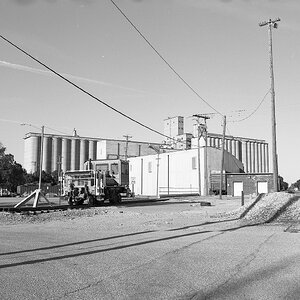jwbryson1
TPF Noob!
- Joined
- Apr 21, 2011
- Messages
- 4,280
- Reaction score
- 949
- Can others edit my Photos
- Photos OK to edit
As an amateur photographer, I have a tendency to rely on my camera to do a lot of the work for me, and I do not spend a great deal of time checking "this" or "that" before I take the shot. I suspect pros or advanced amateurs will follow a more detailed approach to taking a photo.
When taking an image, my tendency is to rush too much and not to stop and THINK :scratch: about what I am trying to capture. Bryan Peterson does a good job, I think, of describing his approach to taking an image as a "story telling" approach (small f/stop, f/22, with good DOF) or a shall DOF image (I can't think of his exact words at the moment).
When I take a photo, I tend to compose the shot, zoom in or out on my subject, hold down the shutter release until the focus appears to have locked and then take the image.
I never use the markings on the lens to check for DOF in terms of actual distance in front of and behind the subject. I just know intuitively that a larger f/stop (f/2.8) will yield a shallow DOF and a smaller f/stop (f/16) will yield a longer DOF.
So my question is this: should I be checking the markings on the lens to determine my "actual DOF" when composing an image? Why not just rely on the autofocus sensors and knowledge of f/stops to take the shot? Do advanced amateurs and pros routinely use the lens markings in their work?
Just wondering.
When taking an image, my tendency is to rush too much and not to stop and THINK :scratch: about what I am trying to capture. Bryan Peterson does a good job, I think, of describing his approach to taking an image as a "story telling" approach (small f/stop, f/22, with good DOF) or a shall DOF image (I can't think of his exact words at the moment).
When I take a photo, I tend to compose the shot, zoom in or out on my subject, hold down the shutter release until the focus appears to have locked and then take the image.
I never use the markings on the lens to check for DOF in terms of actual distance in front of and behind the subject. I just know intuitively that a larger f/stop (f/2.8) will yield a shallow DOF and a smaller f/stop (f/16) will yield a longer DOF.
So my question is this: should I be checking the markings on the lens to determine my "actual DOF" when composing an image? Why not just rely on the autofocus sensors and knowledge of f/stops to take the shot? Do advanced amateurs and pros routinely use the lens markings in their work?
Just wondering.


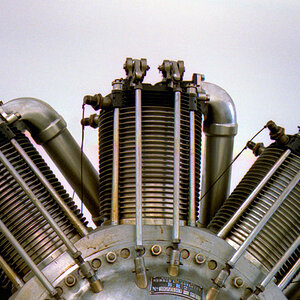
![[No title]](/data/xfmg/thumbnail/38/38264-552eb428d8a704186dcc43400f417d0f.jpg?1619738548)
![[No title]](/data/xfmg/thumbnail/42/42397-30faa170de7ed9be38adf00b9b26a220.jpg?1619740167)
![[No title]](/data/xfmg/thumbnail/31/31095-2b52a6dcc956382cffdd384ae4d156f2.jpg?1619734612)
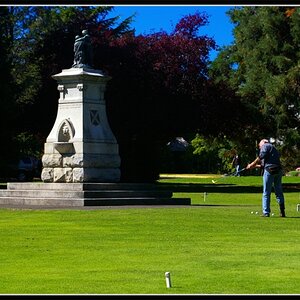
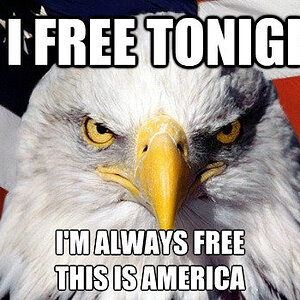
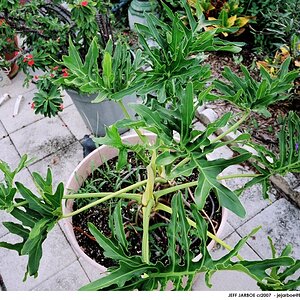
![[No title]](/data/xfmg/thumbnail/30/30987-a33ca8e90b5d786c21e59d37945b9cc6.jpg?1619734552)
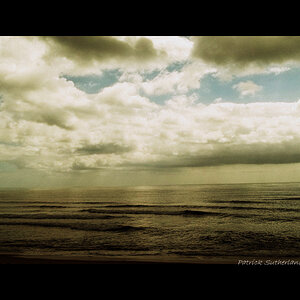
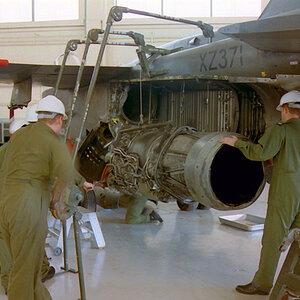
![[No title]](/data/xfmg/thumbnail/40/40284-f59f6230f0d5b9eacf977f8b0392f087.jpg?1619739407)
